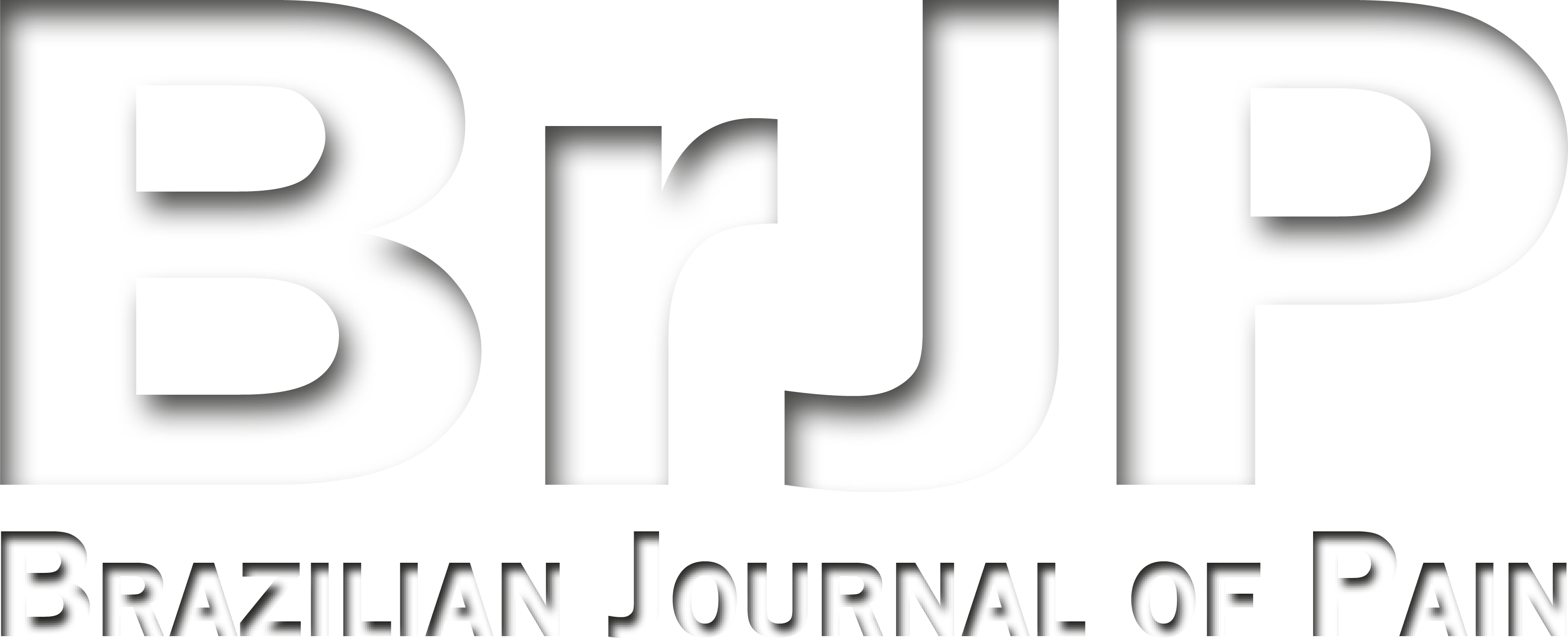Related factors for indication of temporomandibular joint surgery in a supplementary health operator: retrospective and cross-sectional study
Fatores relacionados a indicação de cirurgia da articulação temporomandibular em uma operadora de saúde suplementar: estudo retrospectivo e transversal
Tatiana Rendes Giorgetto; Luciane Lacerda Franco Rocha Rodrigues; Lidia Audrey Rocha Valadas; António Sérgio Guimarães
Abstract
HIGHLIGHTS
• Pain was the main symptom considered for the indication of TMJ surgery.
• Most of the factors evaluated for the indication of TMJ surgery by do not match the recommendations of the Colégio Brasileiro de Cirurgia e Traumatologia Oral e Maxilo-facial (Brazilian College of Oral and Maxillofacial Surgery and Traumatology).
• Few conservative treatments were previously recommended.
Keywords
Resumo
JUSTIFICATIVA E OBJETIVOS: O número de cirurgias da articulação temporomandibular (ATM) vem crescendo nos últimos anos. O objetivo deste estudo foi avaliar os fatores relacionados à indicação de cirurgia da ATM.
MÉTODOS: Trata-se de um estudo observacional, quantitativo, retrospectivo e transversal. Foram analisadas 99 solicitações cirúrgicas para a realização da cirurgia de ATM, destinadas a uma operadora de saúde suplementar. Foram coletadas informações sobre idade, sexo, queixa principal do paciente, alteração de movimento, resultados de ressonância magnética, teste diagnóstico utilizado e terapia prévia realizada. Foram utilizados os testes T e Qui-quadrado (α=5%).
RESULTADOS: 85% dos pacientes avaliados eram do sexo feminino, e a média de idade entre as mulheres (27,07±6,33) foi menor quando comparada à dos homens (31,98±9,55) (p=0,03). Quase metade dos pacientes não recebeu nenhuma abordagem terapêutica antes da indicação da cirurgia. Menos de 10% das solicitações descreveram a classificação de Wilkes. Dentre os sintomas considerados para a indicação da cirurgia, destaca-se a dor na região da ATM (63,64%). A limitação do clique e da abertura da boca estiveram entre as maiores prevalências: 52,5% e 67,7%, respectivamente.
CONCLUSÃO: Os fatores relacionados às indicações de cirurgia da ATM pelos cirurgiões bucomaxilofaciais no presente estudo não condizem com as recomendações do Colégio Brasileiro de Cirurgia e Traumatologia Buco-Maxilo-Facial (CTBMF). Poucos tratamentos conservadores foram recomendados anteriormente, sendo que a maioria foi decidida sem a utilização de nenhum critério diagnóstico.
DESTAQUES
• A dor foi o principal sintoma considerado para a indicação de cirurgia da ATM.
• A maioria dos fatores avaliados para a indicação de cirurgia da ATM não corresponde às recomendações do Colégio Brasileiro de Cirurgia e Traumatologia Oral e Maxilo-facial.
• Poucos tratamentos conservadores foram previamente recomendados.
Palavras-chave
References
1 International Association for the Study of Pain - IASP. [online]. 2020.
2 Gonçalves DA, Camparis CM, Speciali JG, Franco AL, Castanharo SM, Bigal ME. Temporomandibular disorders are differentially associated with headache diagnoses: a controlled study. Clin J Pain. 2011;27(7):611-5.
3 Gauer RL, Semidey MJ. Diagnosis and treatment of temporomandibular disorders. Am Fam Physician. 2015;91(15):378-86.
4 Nagata K, Hori S, Mizuhashi R, Yokoe T, Atsumi Y, Nagai W, Goto M. Efficacy of mandibular manipulation technique for temporomandibular disorders patients with mouth opening limitation: a randomized controlled trial for comparison with improved multimodal therapy. J Prosthodont Res. 2019;63(2):202-9.
5 Durá-Ferrandis E, Ferrando-García M, Galdón-Garrido MJ, Andreu-Vaillo Y. Confirming the mechanisms behind cognitive-behavioural therapy effectiveness in chronic pain using structural equation modeling in a sample of patients with temporomandibular disorders. Clin Psychol Psychother. 2017;24(6):1377-83.
6 Easterbrook S, Keys J, Talsma J, Pierce-Talsma S. Osteopathic manipulative treatment for temporomandibular disorders. J Am Osteopath Assoc. 2019;119(6):e29-e-30.
7 Al-Ani MZ, Davies SJ, Gray RJ, Sloan P, Glenny AM. Stabilisation splint therapy for temporomandibular pain dysfunction syndrome. Cochrane Database Syst Rev. 2004;(1):CD002778.
8 Fricton J, Look JO, Wright E, Alencar FG Jr, Chen H, Lang M, Ouyang W, Velly AM. Systematic review and meta-analysis of randomized controlled trials evaluating intraoral orthopedic appliances for temporomandibular disorders. J Orofac Pain. 2010;24(3):237-54.
9 Herman CR, Schiffman EL, Look JO, Rindal DB. The effectiveness of adding pharmacologic treatment with clonazepam or cyclobenzaprine to patient education and self-care for the treatment of jaw pain upon awakening: a randomized clinical trial. J Orofac Pain. 2002;16(1):64-70.
10 Ta LE, Dionne RA. Treatment of painful temporomandibular joints with a cyclooxygenase- 2 inhibitor: a randomized placebo-controlled comparison of celecoxib to naproxen. Pain. 2004;111(1-2):13-21.
11 De Rossi SS, Greenberg MS, Liu F, Steinkeler A. Temporomandibular disorders: evaluation and management. Med Clin North Am. 2014;98(6):1353-84.
12 Cohen JR. The importance of using a specific diagnosis in evaluating and treating TMD. Cranio. 2019;37(5):275-7.
13 Reissmann DR, Behn A, Schierz O, List T, Heydecke G. Impact of dentists’ years since graduation on management of temporomandibular disorders. Clin Oral Investig. 2015;19(9):2327-36.
14 Gnauck M, Magnusson T, Ekberg EC. Knowledge and competence in temporomandibular disorders among Swedish general dental practitioners and dental hygienists. Acta Odontol Scand. 2017;75(6):429-36.
15 Brazilian College of Oral and Maxillofacial Surgery- CTBMF. [online]. 2020.
16 Tocaciu S, McCullough MJ, Dimitroulis G. Surgical management of recurrent TMJ dislocation--a systematic review. Oral Maxillofac Surg. 2019;23(1):35-45.
17 de Almeida VL, Vitorino Nde S, Nascimento AL, da Silva Júnior DC, de Freitas PH. Stability of treatments for recurrent temporomandibular joint luxation: a systematic review. Int J Oral Maxillofac Surg. 2016;45(3):304-7.
18 Painatt JM, Veeraraghavan R, Puthalath U. Temporomandibular joint dislocation in an 18-month-old child. Contemp Clin Dent. 2017;8(1):155-7.
Submitted date:
05/06/2022
Accepted date:
11/04/2022


